Lawrence Livermore National Laboratory (LLNL) cannot carry out its mission of strengthening the nation’s security through cutting-edge science, technology and engineering without a world-class workforce. As part of the network of national labs, we also have a critical role in ensuring American competitiveness by helping to develop new generations of science and engineering leaders. To these ends, we support a multi-pronged outreach effort to promote science, technology, engineering, and math (STEM) literacy, give back to the community, and help ensure that a future workforce skilled in STEM is ready in the wings.
The Laboratory approaches STEM education as a continuum, from elementary school to early career. More than 8,000 students visit each year to experience Fun with Science, an interactive introduction to science and engineering. Tailored to fourth and fifth graders, the program provides hands-on demonstrations and experiments that explore electricity, density, pressure, states of matter and other basic science concepts. One popular demonstration conjures “elephant toothpaste” from a mixture of hydrogen peroxide, a few drops of dish soap, food coloring and potassium iodide as a catalyst. What starts out as a small amount of soapy liquid ends up a frothy, bubbly goo erupting from a cylinder. The intended result is more than surprise and laughter from the students—it introduces the idea that science is fun, approachable and can lead to unexpected yet enjoyable results.
The Discovery Center in Livermore offers a number of interactive learning displays aimed at fostering curiosity and a better understanding of core scientific principles.
That same concept is at work, and play, at Livermore’s annual STEM Day at the Lab — which encourages underrepresented and underserved middle and high school students toward STEM pursuits — as well as Expanding Your Horizons, which introduces STEM careers to middle- and high-school-aged girls. Each year these programs offer hundreds of students the opportunity to understand DNA, crack computer codes, and master robots and other maker activities that spark curiosity and build a foundation for scientific and technological careers.
In February, March and April, the Laboratory holds weekly Science on Saturday lectures at local theaters in Livermore, Tracy and Oakland. Aimed at middle and high school students but open to all ages, the series features innovative projects centered on a theme. Laboratory scientists lead each talk, assisted by local high school teachers. To reach an even larger audience, videos of the lectures are posted on Lawrence Livermore’s YouTube channel and broadcast on the University of California’s television station, UCTV.
Our STEM efforts do not stop at the elementary or secondary level. Each summer the Lab hosts 500 to 700 interns — undergraduate and graduate students looking to get out of the classroom and receive some practical research experience. Another 300 to 500 students participate throughout the school year. These interns assist our researchers in important mission work while completing their education, or they may take on other pursuits relative to the Lab’s science and technological work. Many return for subsequent internships, others use their lab experience as a springboard to a Ph.D., and still others return as postdoctoral students.
At LLNL we recognize that STEM learning can be a lifelong pursuit. We offer staff scientists the opportunity to obtain advanced degrees in a range of scientific disciplines through our Education Assistance Program. Each year more than 250 staff members are enrolled in accredited degree programs to further their education.
Our STEM efforts also extend to educators. Since the mid-1990s, Lawrence Livermore has offered summer workshops to middle and high school teachers through its Teacher Research Academy. Through this program, teachers build practical and relevant lesson plans in STEM that they can take back to their classrooms. Curricula include biotechnology, climate change, computer modeling, fusion and astrophysics, technical writing, and 3D printing, and they align with California and national science standards. Participants also may be eligible for credits toward their master’s degree.
New challenges in our national security missions call for fresh solutions, so our efforts to ensure that we have the right skillset to address those challenges is never complete. At LLNL, as well as at our sister laboratories, we are working to prepare future scientists and engineers who will not only help us accomplish our missions but make the world a safer and better place.

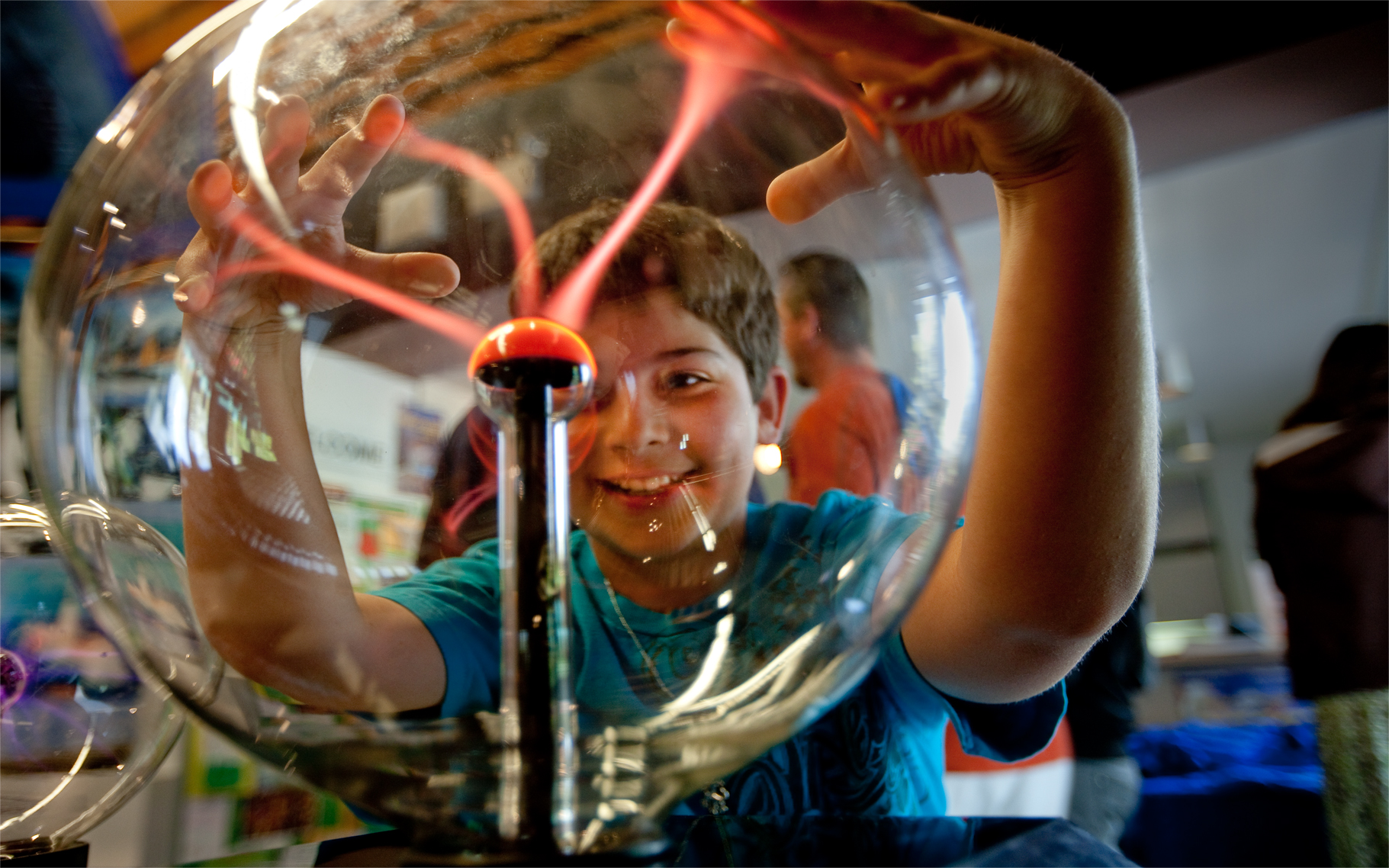
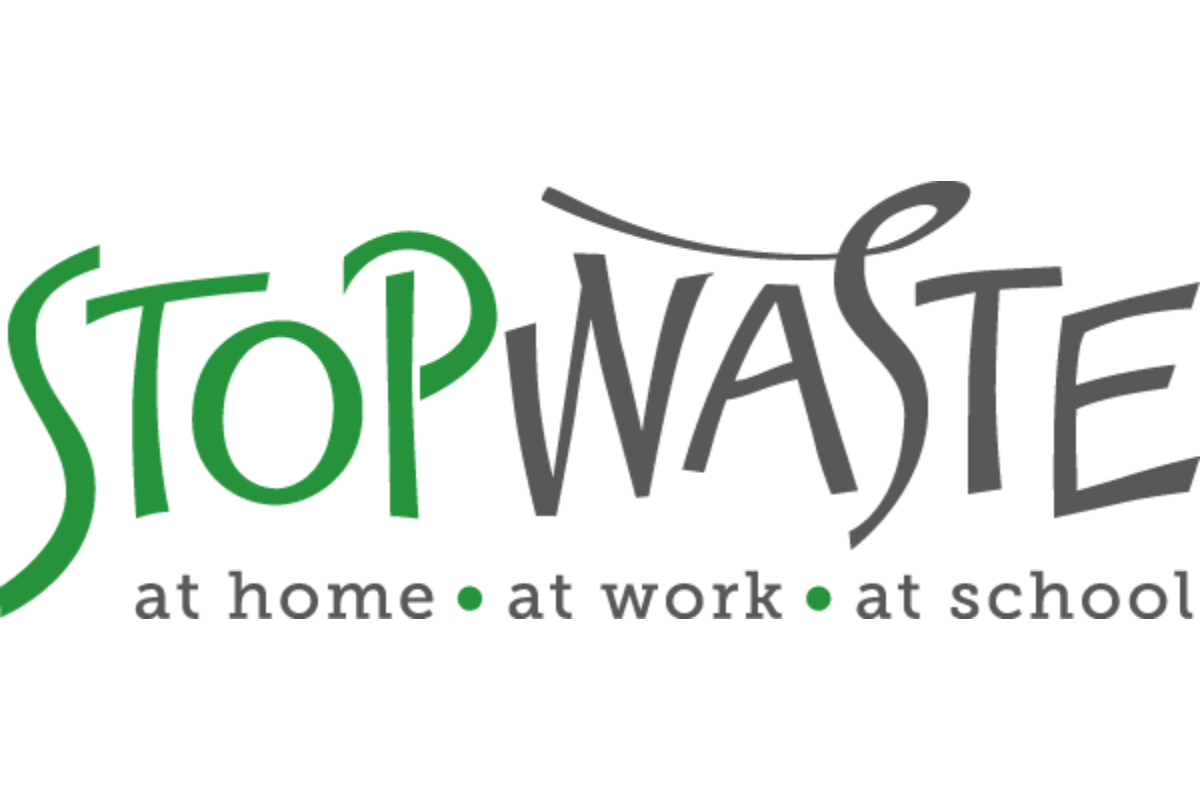
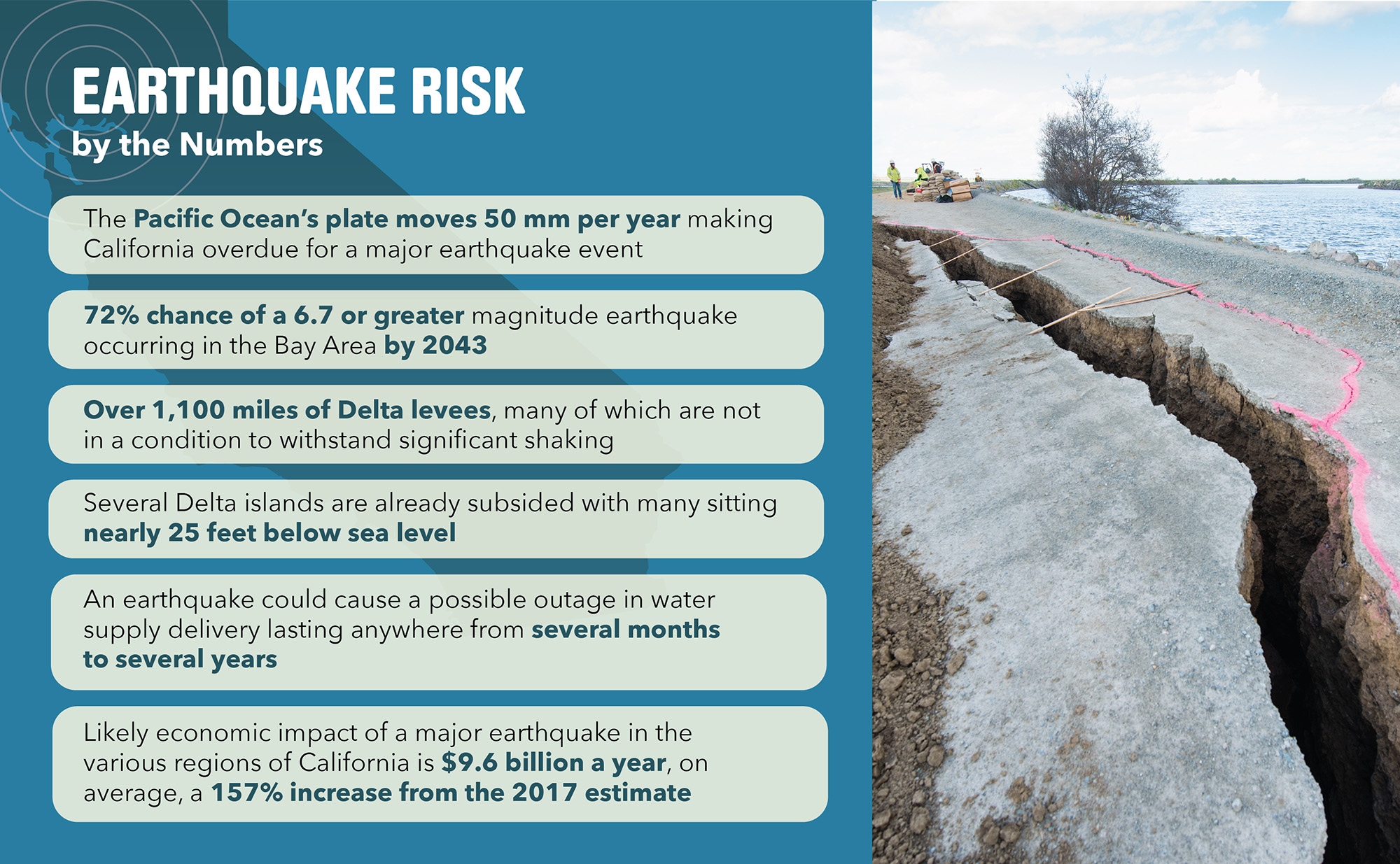
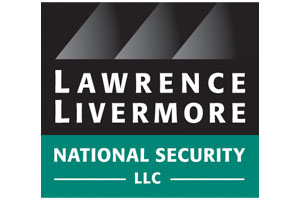
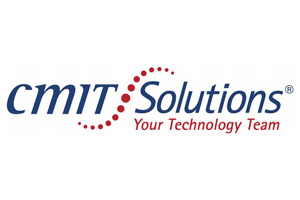
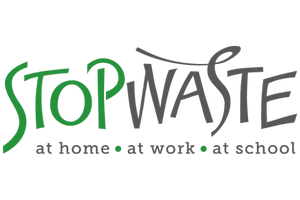
Leave A Comment